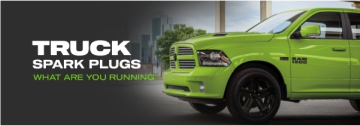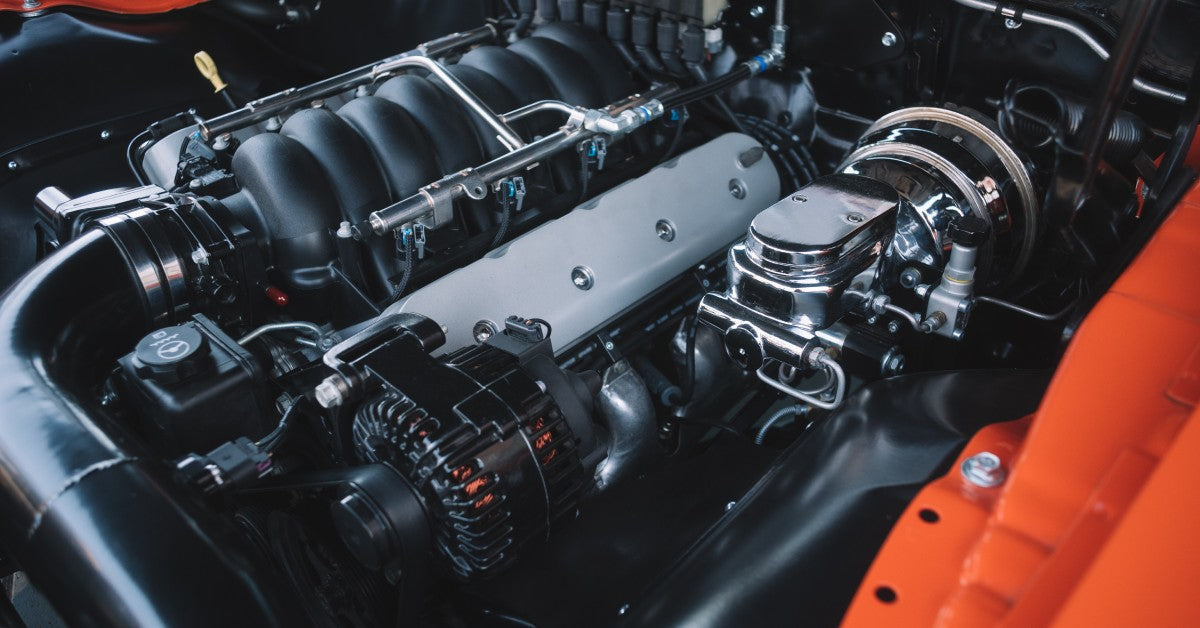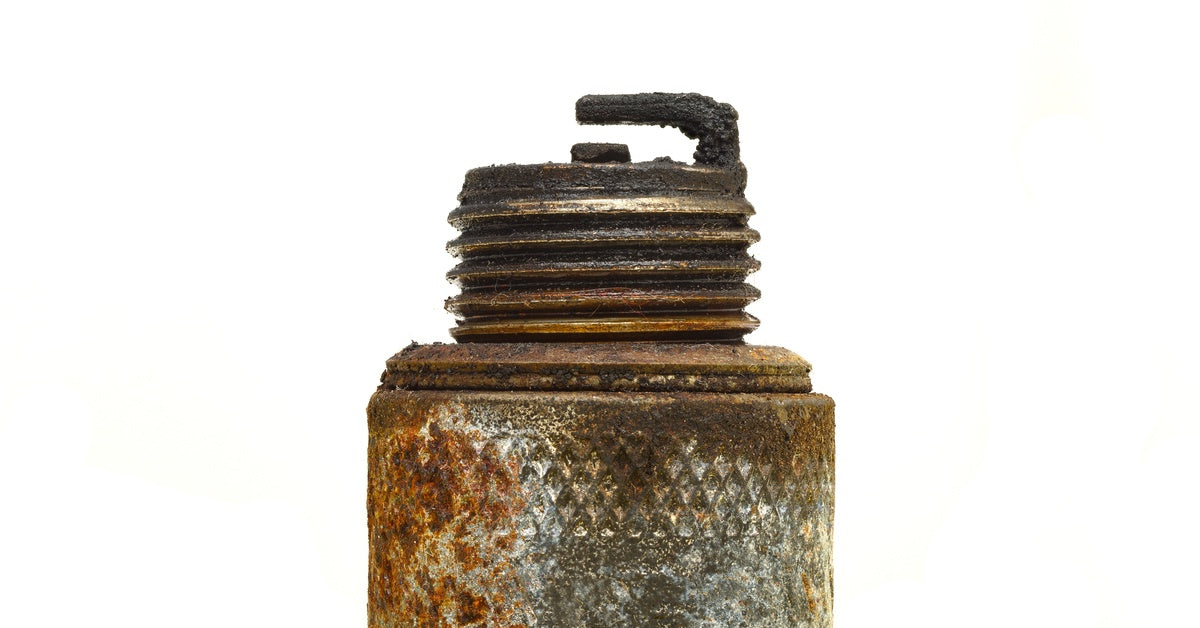
The 1962 Black Corvette was the third car successfully extracted from the 30-foot-deep sinkhole that opened up the floor of the National Corvette Museum last month, swallowing eight vintage ‘Vettes.
In the early morning hours of February 12, an alarm alerted staff of the National Corvette Museum in Bowling Green, KY to an unexpected vandal – a 40-foot-wide, 30-foot-deep sinkhole that had formed in the floor of the museum complex’s Skydome. Three weeks later, crews have successfully lifted three of the eight vintage ‘Vettes that the sinkhole swallowed, including the 1962 Black Corvette.
Dubbed “Operation Corvette Plus,” the extraction project began last week with with shallow and deep test borings to make sure the full Skydome floor and the surrounding foundation were safe from another potential sinkhole collapse. Meanwhile, workers began drilling, high-strength grouting and installation of steel-cased micro piling connected to the dome’s perimeter to secure and reinforce the buildings foundation. Once assured that all was safe, the crew was given the go-ahead to move in the heavy equipment including manlifts, excavators and cranes closer into the immediate Skydome area. Engineers and contractors were suspended from cranes and lowered into the sinkhole to more closely examine conditions and finalize the recovery plan.
And then, it happened – with some strategic planning and a collective holding-of-breath, the first of the swallowed up ‘Vettes emerged. A steady-handed crew lifted the 2009 ZR1 dubbed the “Blue Devil” was hoisted out Monday morning, surprisingly showing only minor damage including cracks on the lower door panels, a busted out window and a ruptured oil line. Once back on four wheels, the Blue Devil’s engine revved up and the crowd went wild. The next ‘Vette to see daylight again, a 1993 Ruby Red 40th Anniversary edition, didn’t fare quite so well but still is salvageable. It’s body panels and window glass need replacing, but its frame looked to be pretty straight, its underbody remains intact and its steering gear still is in working condition.
But it was the extraction crew’s next feat that really deserves a ticker-tape celebration. On Tuesday, crews operating two cranes simultaneously lifted a 5-ton concrete slab and the 1962 Black Corvette lodged beneath up and out of the sinkhole. Unlike the first two cars, the ’62 couldn’t be lifted by its wheels in part because of its position and the tenuous position of the concrete slab. Instead, workers had to remove the car’s hood and run lifting cables around the front portion of the chassis, the engine mounds and the radiator support, then lift the car out nose-first. Though it didn’t start up and drive away like the first two, the ’62 appears to have surprisingly little body damage.
Because the remaining five ‘Vettes lie far deeper, they’ll remain buried while workers further stabilize the sinkhole and devise a second-phase extraction plan. This will take much longer, probably through mid-April. These include:
- A 1993 ZR-1 Spyder on loan from General Motors
- A 1984 PPG Pace Car
- The 1992 White 1 Millionth Corvette
- A 2001 Mallett Hammer Z06 Corvette
- The 2009 White 1.5 Millionth Corvette
The museum then plans to display the damaged cars through Aug. 3, before sending them to a Michigan plant for repairs and restoration. We here at E3 Spark Plugs applaud all those involved in the recovery and coming restoration of these beautiful and historic rides.







